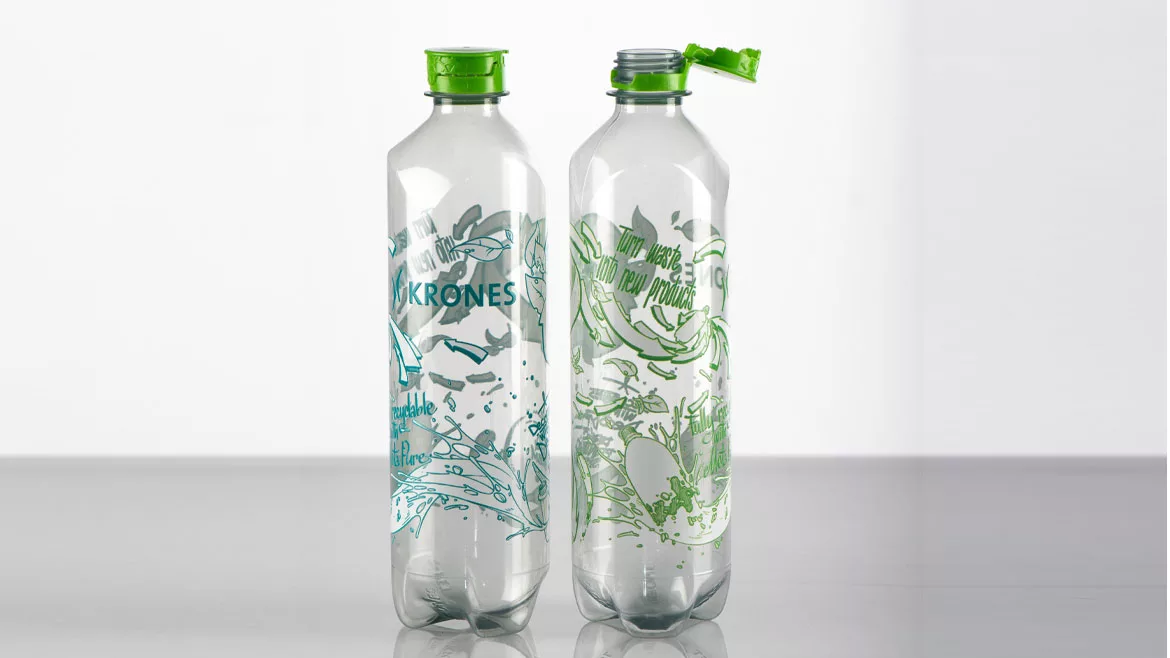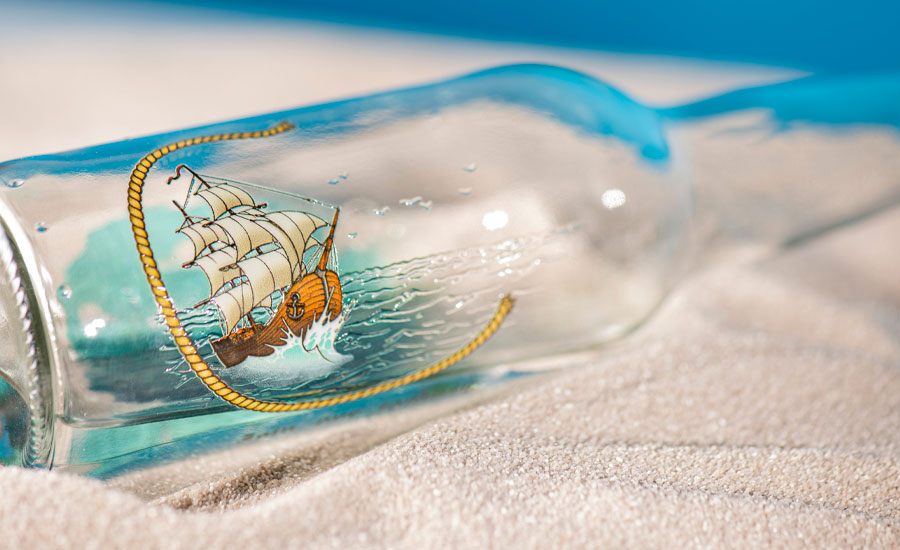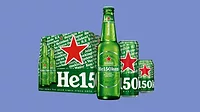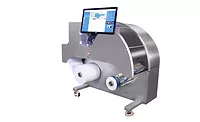Packaging Equipment
Digital printing, user-friendly label equipment support circular economy
Packaging evolutions prompt advancements for labeling equipment

Image courtesy of Krones Inc.
Taking place 700 years after planet earth has been abandoned, Pixar’s 2008 animated film “WALL-E” tells the tale of friendship and true love between two adorable robots — WALL-E and EVE. However, before encountering EVE, as lone robot WALL-E is tasked with cleaning up the planet that was literally trashed by humanity, the film also sends a powerful message about sustainability.
In the real world, as consumer package companies are increasingly designing more products with sustainability in mind, experts note that within the label industry, more companies are recognizing the need for labeling equipment that also supports a circular economy.
“The greatest trend in labeling is the continuing move toward sustainability,” says Mike Soloway, labeling systems product manager at Krones Inc., Franklin, Wis. “Companies are increasingly concerned about what happens to the package after it has been used.”
Although most bottles and cans are recyclable, the label often determines whether the container can be recycled, Soloway notes.

Image courtesy of Krones Inc.
“Label materials, adhesives and inks all play a role in the recyclability of a container, so label manufacturers continue to develop solutions that either allow the label to be easily removed from the container, or that allow the label to be recycled with the container,” he explains. “The main impact on labeling machinery is that the label materials are becoming thinner and more difficult to manage through the labeling process.
“Thinner label materials are having the largest impact on labeling equipment,” he continues. “For example, low-density polyolefin films are increasing in popularity because they float while the PET bottle sinks in the recycling process.”
Justin Slarks, director of marketing at Little Rock, Ark.-based Sleeve Seal, notes that, although certain label materials can be challenging in terms of labeling equipment, many sustainable materials are workable.
“Textural inks, floatable film and recycled films have all proven to be advancements in materials, but still very usable,” he says. “… The trends in labeling materials that we are seeing have been easy to embrace and apply with high speeds and efficiencies.”
Easy change formats, maximum efficiency remain key
As beverage manufacturers rely on labeling systems that deliver on efficiency, experts note that simple machinery with minimal operator adjustments can enhance a manufacturer’s overall performance.
Sleeve Seal’s Slarks notes that with the cost of beverage operations, efficiency is a “big factor” when investing in labeling machinery. He explains that Sleeve Seal’s machines are designed to be simple and robust, but also use few wear parts.
“Common requests include the ability to easily change formats on the smaller, slower machines and redundancy on our faster machines,” Slarks says. “Several big manufacturers have put in mirrored machines on a line and run each at half speed in case one needs support or a resupply of labels. This way the machines are both under-tasked and production can be diverted to either labeler to continue with high-speed production while maintaining efficiencies.”

Image courtesy of Krones Inc.
Krones’ Soloway notes that beverage-makers commonly request labeling equipment that delivers minimal downtime and maximum efficiency.
“This includes machine designs that require minimal operator adjustments and changeover that is as fast and repeatedly accurate as possible,” he says.
Another consideration should be the serviceability of the machine, Soloway notes. “How fast can I get a service technician on-site? Is 24-hour remote service an option? How long will I have to wait for replacement parts?” he says.
Moreover, beverage-makers need to consider not only their current requirements, but also possible future requirements.
“If there is a possibility that the line speed may increase or that a new container size may be introduced in the future, or if specific functionality such as container orientation may be required in the future, the machine would need to be configured so those items can be added later,” Soloway explains. “This may mean increasing the size of the machine or changing to a larger pitch than what is currently required.”
As packaging sizes continue to evolve, Slarks notes that inserting extra-large shrink labels on extra-large formats can be challenging.
“Sleeve Seal has a specific machine for XL formats, and we have been successful,” he says. “We were able to upscale our standard drivetrain to adapt and run with high efficiencies. It will be interesting to see just how large of a label can be applied and shrunk in the future.”
Future technologies
As traditional labeling technologies are less expensive, companies have been slower to adopt newer, advanced labeling solutions, experts note.
Sleeve Seal’s Slarks predicts that, as beverage operations continue to have issues finding capable operators, more companies will begin to adopt newer, user-friendly equipment.
“Our thinking is that labelers will be more and more operator friendly in the future,” he says. “Many customers have issues with finding capable operators so we are constantly developing equipment that is more and more user-friendly. No robotic operators yet, but we are limiting operator input and seeing that efficiencies are very high and much more consistent.”
Krones’ Soloway notes that, although digital printing directly onto containers has been introduced to the market, beverage producers have been slow to adopt the technology.
“[A]cceptance has been slow mainly because the systems are very expensive as compared to traditional labeling technologies, and because they require a higher operator skillset,” he says. “However, there are many benefits to the technology. It allows beverage producers to be more creative with their bottle designs because direct printing does not require a flat label panel on the container.
“It also allows them to change the artwork at any time and even print different images on each container. It also eliminates the need to stock minimum label quantities,” he continues.
From a recycling standpoint, Soloway points out that digital ink often washes away in the recycling process to keep the recycling stream free of contamination.
“Over time I expect system pricing to come down and I expect the user friendliness to improve which would allow the technology to become more mainstream,” he concludes.
Looking for a reprint of this article?
From high-res PDFs to custom plaques, order your copy today!





